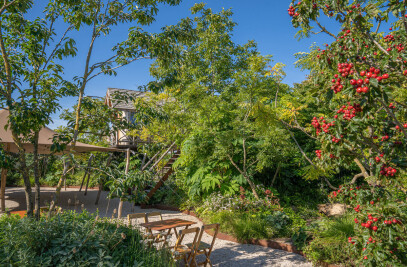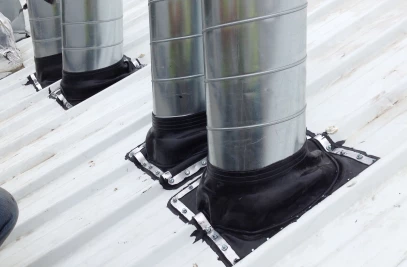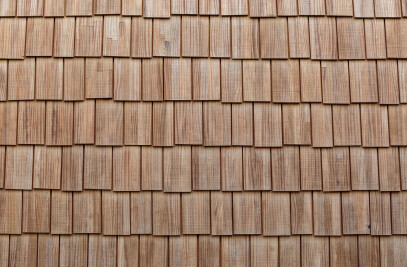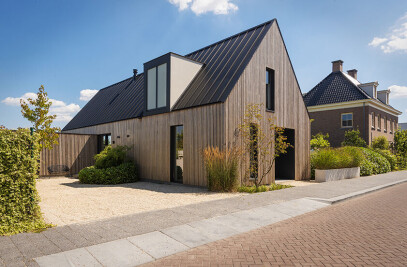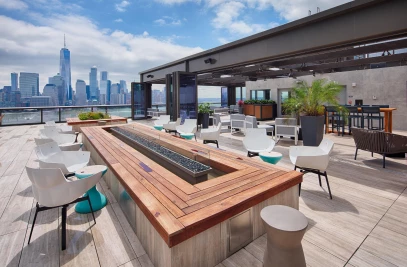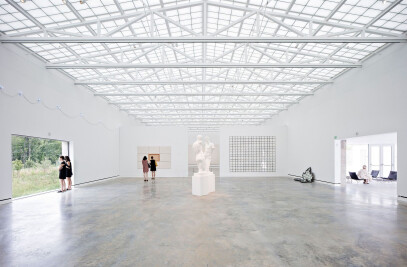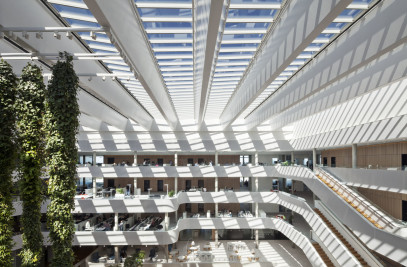Glass can have all the compressive strength of concrete, provided the forces are appropriately applied to the glass surface. Glass is extremely interesting as a structural material, but it does call for an absolute mastery of the associated theory and practice.
One useful property of glass is its capacity to take up compressive forces, but against that is its poor resistance to tensile force. Glass is brittle and may break without warning. The use of glass as a structural material therefore imposes high demands on the design.
The glass dome of the Selimiye Mosque in Haarlem was a major breakthrough in the structural use of glass. It is the first self-supporting glazed dome construction with no visible steel supporting structure. Pentagonal rosettes fix the corners of the glass panels and are interconnected using tensioning rods in the joints. This results in prestressing of the entire structure. Pretensioning prevents the occurrence of undesired tensile forces.
The Victoria & Albert in London is the ultimate in glazed construction. The supporting structure for the roof consists of glass fins with triple laminated glass. A translucent film is sandwiched between the layers of glass. The glass fins are up to eleven metres in length. As well as the complex structure of the fins, the form of the roof also presented major constructional challenges. The geometry of the existing roof edges meant that a flat roof surface was not possible. The response was to design a roof surface curved in two directions. The panels of the insulating glass were inserted into the supporting structure in their basic flat form, and then clamped up to produce the required twist.
The Victoria & Albert Museum project won the Structural Design of the Year Award at the World Architecture Festival 2010 in Barcelona, recognition of its unique status as a structural application of glass.










